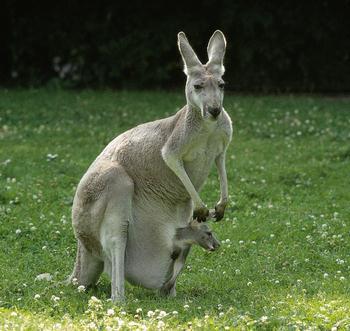

Most diprotodonts are herbivores, but some have secondarily returned to being insectivorous, and others have become specialized for feeding on sap and nectar. A number of species of diprotodonts are important economically, as a source of meat and leather, or as competitors with domestic livestock.
Family Acrobatidae Family Burramyidae Family Macropodidae Family Petauridae Family Phalangeridae Family Phascolarctidae Family Potoroidae Family Pseudocheiridae Family Tarsipedidae Family Vombatidae<<<<<<<>>>>>>> ARTIODACTYLA CARNIVORA CETACEA CHIROPTERA DASYUROMORPHIA DERMOPTERA DIDELPHIMORPHI DIPROTODONTIA HYRACOIDEA INSECTIVORA LAGOMORPHA MACROSCELIDEA MICROBIOTHERIA MONOTREMATA NOTORYCTEMORPHIA PAUCITUBERCULATA PERAMELEMORPHIA PERISSODACTYLA PHOLIDOTA PRIMATES PROBOSCIDEA RODENTIA SCANDENTIA SIRENIA TUBULIDENTATA XENARTHRA
Email: eradani7@aol.com